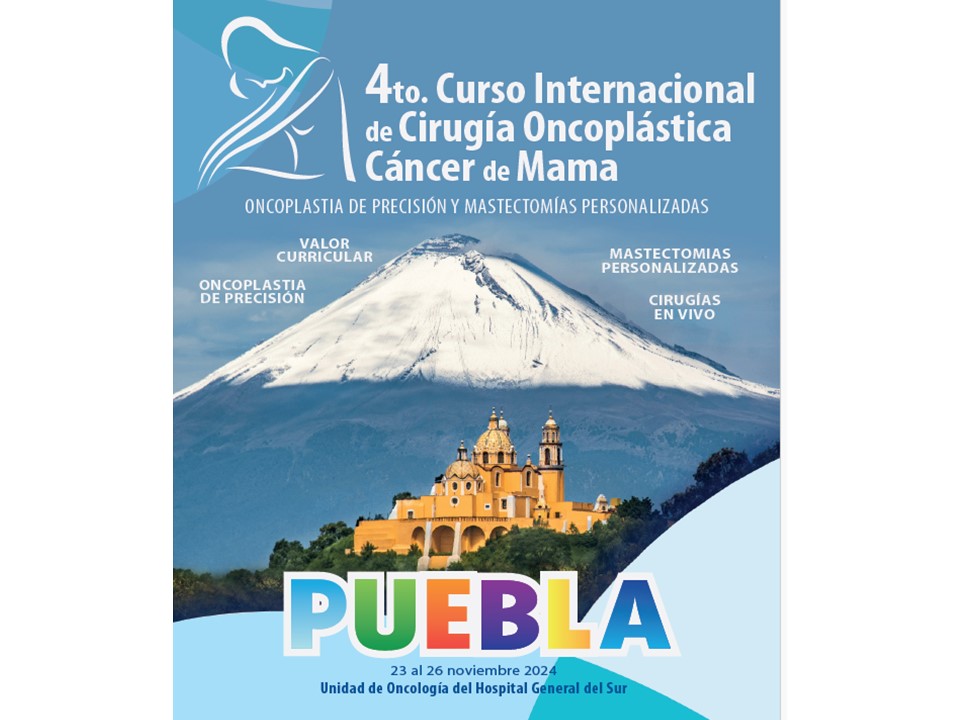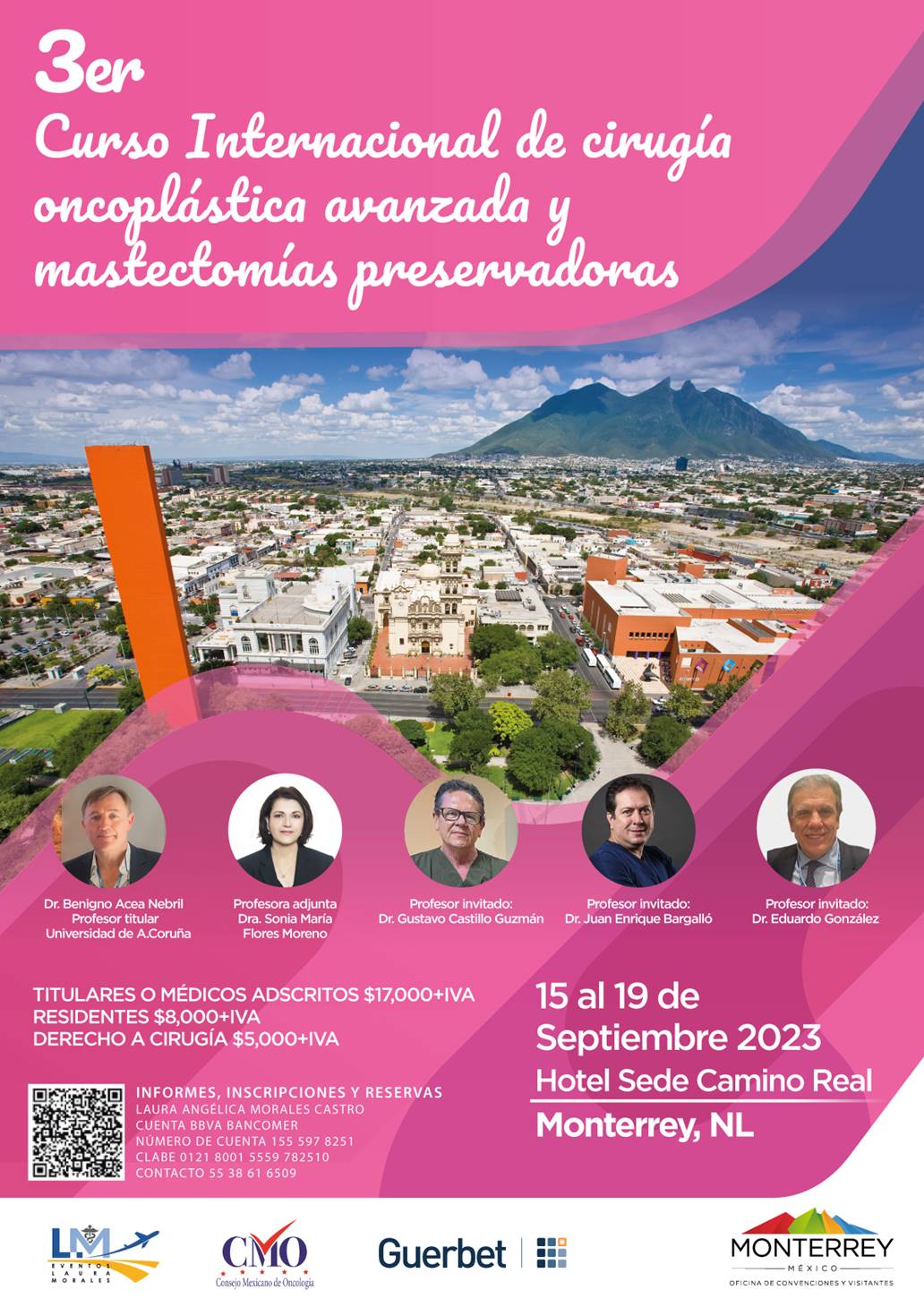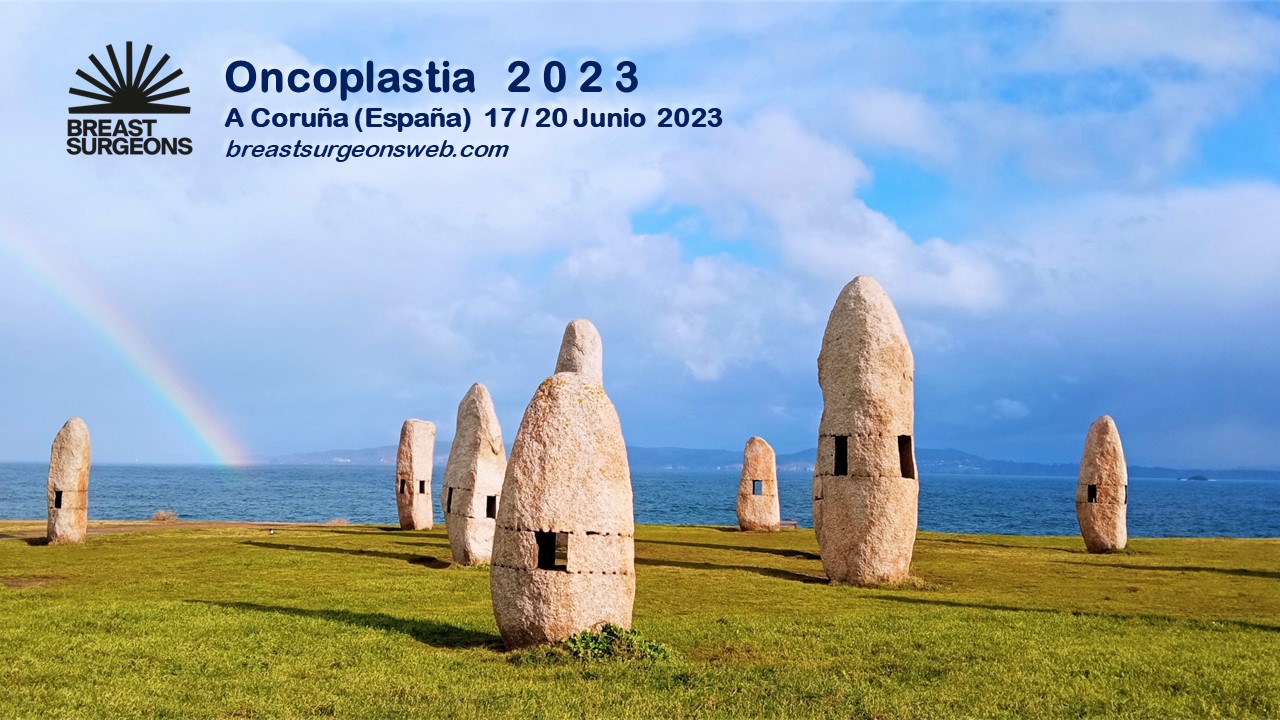Mostrar Contenidos Sensibles
 The upper medial segment constitutes a visible area of the female breast for which the principal difficulty resides in its distance from non-visible access routes and the scarcity of tissue for remodelling. These two characteristics make this segment an especial challenge for breast conserving surgery since there is no ideal procedure for approaching the problems it poses. Situated as it is in the most medial part of the upper inner quadrant, resections in this location have been characterized by a visible deformity in the neckline, caused by the impossibility of restoring volume with local tissue, and by a scar which affects what the patient can wear. When the resection is accompanied by an extension of surgical margins we may be faced with major deformities caused by ablation of the medial half of the breast which in many cases also produces a retraction of the areola-nipple complex. This limitation also affects margin extensions without remodelling which are carried out using oncoplastic techniques.
The upper medial segment constitutes a visible area of the female breast for which the principal difficulty resides in its distance from non-visible access routes and the scarcity of tissue for remodelling. These two characteristics make this segment an especial challenge for breast conserving surgery since there is no ideal procedure for approaching the problems it poses. Situated as it is in the most medial part of the upper inner quadrant, resections in this location have been characterized by a visible deformity in the neckline, caused by the impossibility of restoring volume with local tissue, and by a scar which affects what the patient can wear. When the resection is accompanied by an extension of surgical margins we may be faced with major deformities caused by ablation of the medial half of the breast which in many cases also produces a retraction of the areola-nipple complex. This limitation also affects margin extensions without remodelling which are carried out using oncoplastic techniques.
As noted previously, remodelling within this segment is dependent on the characteristics of each breast and no standard procedure exists for its solution. Nevertheless, there exist two basic guidelines which should be observed during the surgical approach to this segment in order to minimize the aesthetic effect of the resection:
- Use the nearest non-visible access route to the tumour site when carrying out resection, an areolar or inframammary approach. The aim of this decision is to at least avoid scarring in this visible area of the breast.
- Remodel the defect caused by the tumorectomy by moving tissue from the upper pole (segments II and III) since these constitute the only autologous tissue resource available. It is not advisable to move the lower medial segment (Segment V) since doing this will totally deform the medial limits of the breast.


